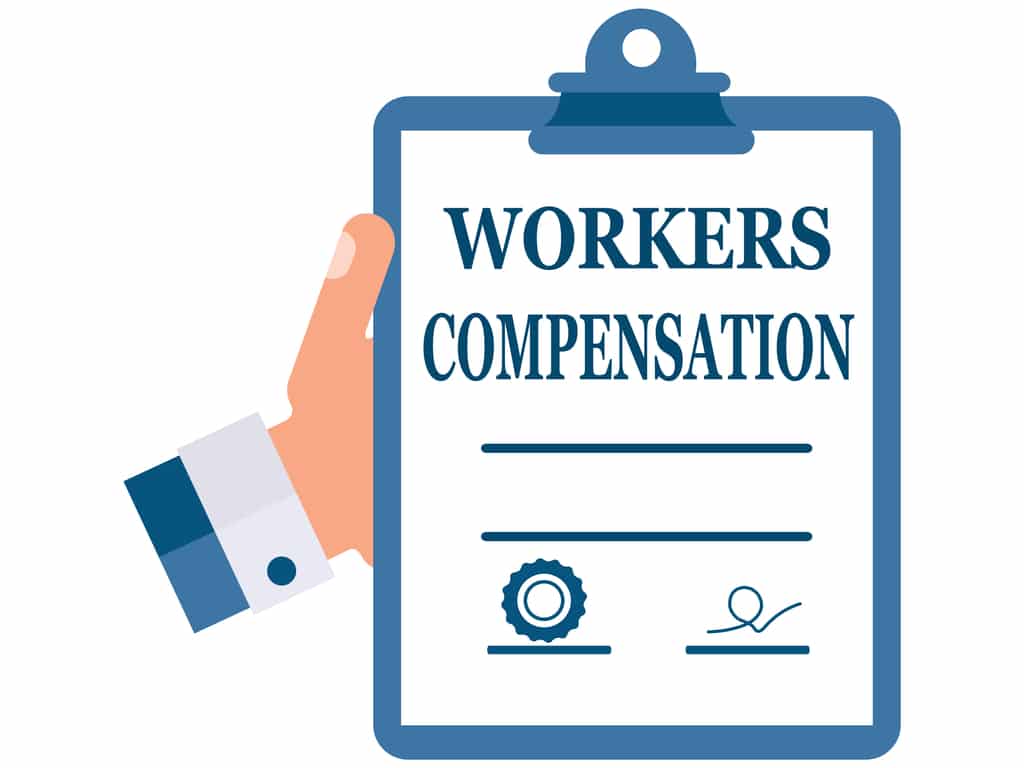Workplace injuries can catch you off guard, turning your normal routine into a painful ordeal. Suddenly, you’re faced with the daunting task of figuring out how to cover medical expenses and manage your regular bills without a steady income. The anxiety mounts as you contemplate the challenges ahead.
But don’t despair. There is a way forward. By familiarizing yourself with a comprehensive checklist for starting a claim for workers comp, you can take confident steps to ensure your claim is filed correctly from the start. Following this checklist diligently will help you smoothly access the benefits you’re entitled to, allowing you to focus on your recovery instead of getting caught up in administrative hurdles. Let this straightforward guide illuminate the path out of the uncertainty cast by workplace injuries, providing clarity and peace of mind.

Seek Medical Care and Report the Incident (Day 1)
When you get injured on the job, your health should become the priority. Visit a doctor as soon as possible after the workplace incident to initiate vital treatment and document medical details about the injury or illness. This information forms the basis for starting a claim for workers comp. Upon the consultation, obtain clear guidance for medications, follow-up appointments, and recovery precautions to adhere to during healing. Recording the next medical steps prepares you for launching the claims process.
Additionally, formally alert your manager or employer about the workplace incident within the first 24 hours after it occurs. Furnish complete details like when, where, and how it happened, alongside listing any witnesses available. Providing thorough incident information promptly facilitates your employer’s efficient processing of the claim.
Submit Claim Paperwork (First Week)
During the first week after the injury, diligently complete all workers’ compensation claim forms, injury reports, or other documents required by your workplace to initiate the claim formally. Meet any stringent deadlines for paperwork submission. Provide supplementary medical records and doctors’ notes to justify your entitled benefits as well. Maintaining meticulous documentation strengthens your claim.
Discuss Return-to-Work Plan (First Month)
In your first month or rehabilitation stage after an injury, explore modified duty options or transitional work arrangements that align with your evolving healing capacity if your employer offers such provisions. Gradually resuming partial work duties can aid in eventually returning to full duty, especially for longer-term recovery cases.
If permanent restrictions impede returning to your former role, also discuss potential vocational retraining or skills-building options. Building new capabilities expands work readiness upon maximal medical improvement.
Maintain Communication (Ongoing)
Consistently update your contacts at work regarding healing progress, expected recovery timelines, and planned duty resumption arrangements. Seamless coordination better prepares for back-to-work transitions. Methodically following this checklist for launching your workers’ compensation claim enables you to efficiently secure your full entitled benefits.
Conclusion
When a workplace injury disrupts your life, uncertainty about your benefits and frustration with complex processes dominates. But it does not have to be that way. Equipped with this comprehensive checklist for starting a claim for workers comp, you have the right information to take step-by-step action. Carefully submit required paperwork, promptly communicate with contacts managing your claim, and maintain organized documentation throughout your healing journey. Starting a claim with attention and diligence sets you up for securing entitled workers’ compensation efficiently. Implement this checklist to seize control and efficiently navigate this vital process.

